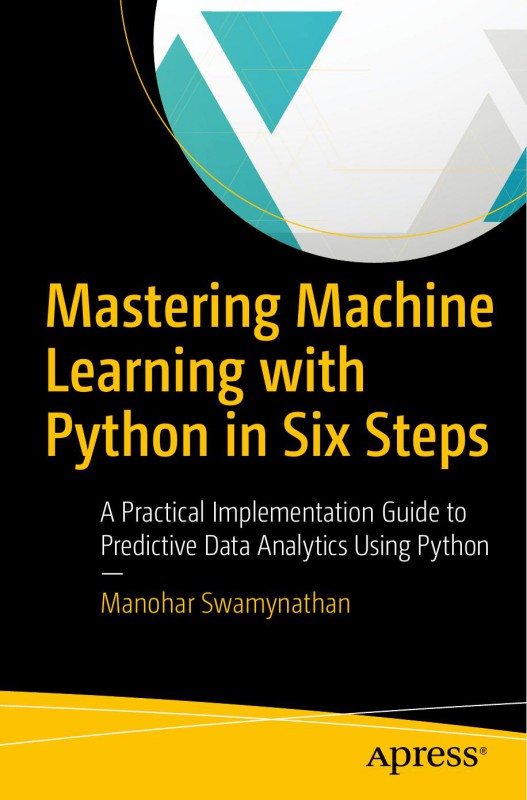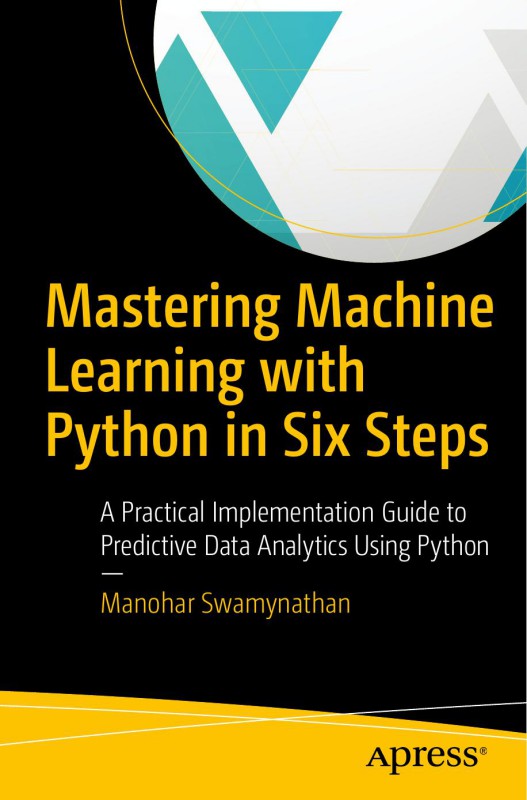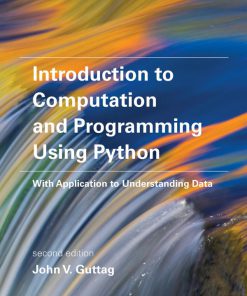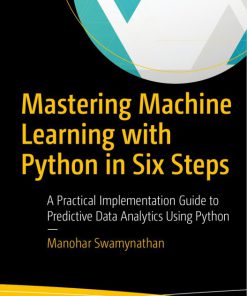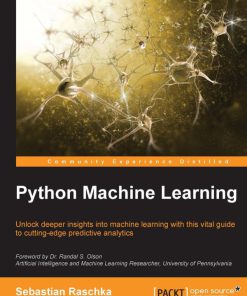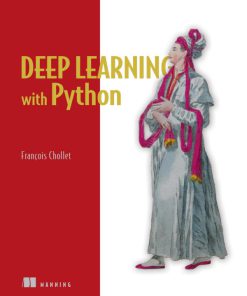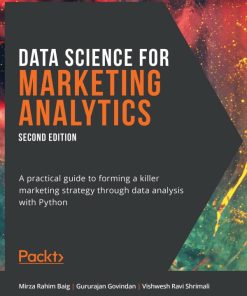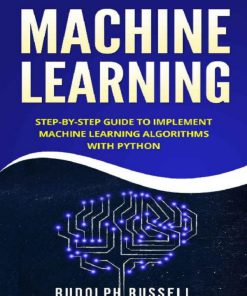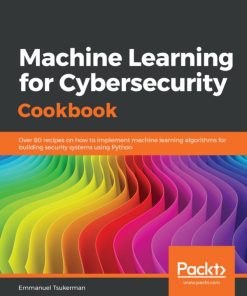Mastering Machine Learning with Python in Six Steps A Practical Implementation Guide to Predictive Data Analytics Using Python 1st Edition by Manohar Swamynathan ISBN 1484228669 9781484228661
Original price was: $50.00.$25.00Current price is: $25.00.
Authors:Manohar Swamynathan , Series:IT & Computer [440] , Tags:Computers; Artificial Intelligence; General; Database Administration & Management; Programming; Open Source; Information Technology , Author sort:Swamynathan, Manohar , Ids:Google; 9781484228661 , Languages:Languages:eng , Published:Published:Jun 2017 , Publisher:Apress , Comments:Comments:Master machine learning with Python in six steps and explore fundamental to advanced topics, all designed to make you a worthy practitioner. This book’s approach is based on the “Six degrees of separation†theory, which states that everyone and everything is a maximum of six steps away. Mastering Machine Learning with Python in Six Steps presents each topic in two parts: theoretical concepts and practical implementation using suitable Python packages. You’ll learn the fundamentals of Python programming language, machine learning history, evolution, and the system development frameworks. Key data mining/analysis concepts, such as feature dimension reduction, regression, time series forecasting and their efficient implementation in Scikit-learn are also covered. Finally, you’ll explore advanced text mining techniques, neural networks and deep learning techniques, and their implementation. All the code presented in the book will be available in the form of iPython notebooks to enable you to try out these examples and extend them to your advantage.What You’ll LearnExamine the fundamentals of Python programming languageReview machine Learning history and evolutionUnderstand machine learning system development frameworksImplement supervised/unsupervised/reinforcement learning techniques with examplesExplore fundamental to advanced text mining techniquesImplement various deep learning frameworksWho This Book Is ForPython developers or data engineers looking to expand their knowledge or career into machine learning area. Non-Python (R, SAS, SPSS, Matlab or any other language) machine learning practitioners looking to expand their implementation skills in Python. Novice machine learning practitioners looking to learn advanced topics, such as hyperparameter tuning, various ensemble techniques, natural language processing (NLP), deep learning, and basics of reinforcement learning.

